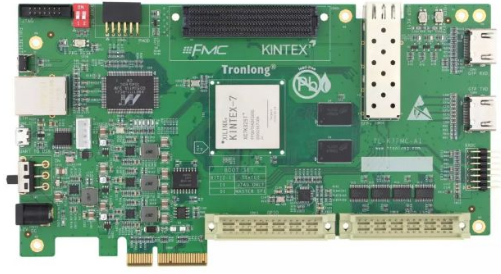The application of electronic components is becoming wider and wider, so its demand is getting bigger and bigger, and the PCBA patch also follows this effect. The quality requirements of the paba patch in the manufacturing process are very strict. If a small problem occurs in a link of the paba processing process, a large number of PCBA components will not be able to be used, which will greatly increase the production cost. So what is there in the process of PCBA processing, and what are its characteristics?
PCBA processing
The first is the characteristics of the PCBA processing supply chain. The supply chain of the PCBA electronics assembly industry usually includes four levels of companies. The avant-garde companies are downstream companies in the supply chain. They directly face customers, while other companies at all levels are upstream companies. Supplier.

Avant-garde companies have sales channels, product brands, design capabilities, and certain production capabilities. In the current globalization, many avant-garde companies sell their products to all parts of the world instead of confined to a certain area. In addition, these avant-garde companies are also distributed all over the world. The second-tier enterprises are ODM or PCBA contract labor and materials companies, they participate in product design and complete product assembly. Second-tier companies may also have their own brands on certain types of products, and sometimes there will be a certain competitive relationship with avant-garde companies. The third-level enterprise provides product parts or components for the manufacturing of the second-level enterprise. Tier 4 companies are generally suppliers to Tier 3 companies. This forms an intricate supply and purchase relationship.
Next is the product. Except for some avant-garde companies that are only responsible for design and sales, companies at all levels involved in manufacturing have a larger number of products, and the number of products increases as the level of the company in the supply chain decreases. . A four-tier company may have thousands of products. The complexity of the product generally increases as the company's level in the supply chain increases. The product has a trend of gradually developing towards customization, and the higher the level of enterprise products, the higher the degree of customization. This has also led to a decline in the batch size of unit varieties.
The third is planning. The production plans of most companies are based on customer orders (BTO). Therefore, related procurement plans, material preparation plans, etc. are all based on customer orders. Due to the variety of products, the formulation of the production plan is very complicated. The frequent changes in customer orders and the frequent deviations in the execution of the production plan have resulted in the situation that even if the smt patch processing production plan is formulated, the production cannot be fully carried out according to the plan. Similarly, capacity requirement planning and material requirement planning are difficult to develop and execute.
The fourth is the production process. There are many production tasks and it is very difficult to control the production process. There is a lot of production data, and the data collection, maintenance and retrieval workload is heavy. The production line has various forms, which can be assembly line type, work center type, work unit type, and hybrid type (referring to the use of assembly lines or work units inside the work center). The above four forms may exist at different stages in the manufacturing process of the same product of the same enterprise. There will be a need for outsourcing (outsourcing) in the product manufacturing process. Due to the existence of self-made semi-finished products and external products, the manufacturing speed of finished products depends on the manufacturing speed of self-made semi-finished products and external products. Due to the variety of products and many non-standard products, equipment and workers must be flexible enough to adapt. Factors such as materials, people, equipment, and tools are frequently involved in the product manufacturing process. These factors will directly affect the quality of the product, and it is difficult for companies to control these factors at present.
The fifth is PCBA cost calculation. Raw materials, semi-finished products, finished products, and waste products are frequently stored in and out of the warehouse. Cost calculations are complicated. Cost collection and distribution are required for cost objects and along with the production process. In the manufacturing process, most of the costs other than direct materials are amortized, which is difficult to achieve the purpose of controlling the manufacturing cost of the product. Pay attention to the difference between actual cost and standard cost and cost analysis from different angles.